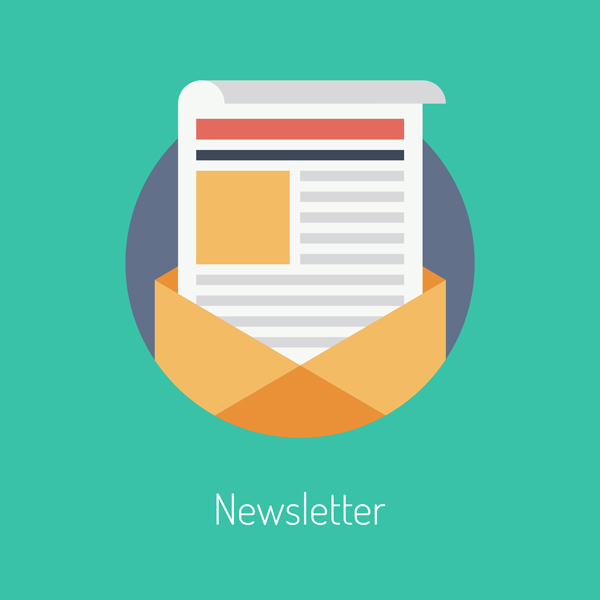A school newsletters are a great communication tool—versatile, reliable, affordable and if it’s a successful school newsletter, well-received. And like all tools, they perform best when used strategically and with purpose.
But, what are successful school newsletters? Well for one, it’s far more than periodic installations of school-related information, no matter how charming or well-composed. Don’t get me wrong, sharing is great, but you want and need your school newsletters to achieve more than that.
These are some of the essentials to improving the success of your school newsletters as a communication tool. (AKA Get read!)
1. An Overarching Goal
A successful newsletter by definition is one that achieves its communication goals. For that to happen, you have to define them.
Before anything else, establish the overarching goal of your newsletter and by extension, your target audience. Is it to communicate and share with your parent body? Promote your school to prospective parents? Cultivate alumni? Increase development?
If you gave more than one ‘Yes’, you may need more than one newsletter.
2. Relevant, Targeted Content
Successful communication isn’t scatter-shot, especially in periodic formats like newsletters where impressions of usefulness and relevancy build over time. People are much more likely to open and read (very different things, as we are aware) newsletters when they know the information will be relevant to them.
Once you’ve defined the overarching goal and target audience of your newsletter, be sure to tailor your content appropriately. If your overarching goal is community outreach and development, focus on new initiatives and student achievements and leave out the baseball practice schedule and lunch program details.
Likewise, school-wide parent newsletters should be relevant to the entire parent body; keep preschool snack lists and other grade- or team-specific reminders for group-targeted newsletters aimed at the parents to which this information applies.
3. Reader-Friendliness
Style and format matter very much to a successful newsletter. How easy & pleasurable is your newsletter to read?
It’s hard to focus on long blocks of text; keep your information short, well-spaced and save the funky fonts for the headlines. Even longer ‘full’ articles, interviews, profiles, etc should top off at 600 words—not because readers will suddenly lose interest at that point, but because any longer a length may discourage them from reading it at all.
If your newsletter is a hard-copy handout, is the information well-spaced or ‘jammed in’ and visually overwhelming? Are pictures & graphics good quality, or do they come out fuzzy and ‘amateurish’?
If your newsletter is online, does it require a separate login to access? Is the format outdated? Even small improvements and updates to the look and feel of your newsletter will increase reads and maintain them over time.
4. A Dedicated Person
A successful school newsletter relies on a dedicated person or sub-committee to maintain consistency of content, branding (format, colours & style) and ‘in-hand’ delivery. Formal editorial experience not required.
Your newsletter is important, maybe even a cornerstone of your school-parent communications. Don’t relegate it to ‘someone in the office’ or ‘whoever has time’. If your newsletter is run by staff, assign the dedicated role to the most enthusiastic candidate and make it a part of their job, rather than devalued to an extracurricular project.
If your dedicated newsletter person (or committee leader) is a volunteer, try to ensure that the newsletter is not lost in one of many other projects they may be simultaneously involved in—something not uncommon for volunteer leaders.
Coordinate closely with parent association executives or volunteer coordinators to assist them in choosing the best person for the role.
5. 360° Engagement
A really great school newsletter parlays communication into engagement with parents (or other readership); but also with faculty, staff, alumni and even students.
Put out an open call to teachers, student leaders and event organizers for blurbs about ‘news-worthy’ events. Their excitement and enthusiasm will translate onto the page and better engage your readership in turn.
Feature student-written articles or reviews of school trips or events. Teacher or staff interviews, alumni profiles and volunteer or student spotlights are also great ways of engaging your school community through your newsletter and cultivating a full, well-rounded representation of your school.

